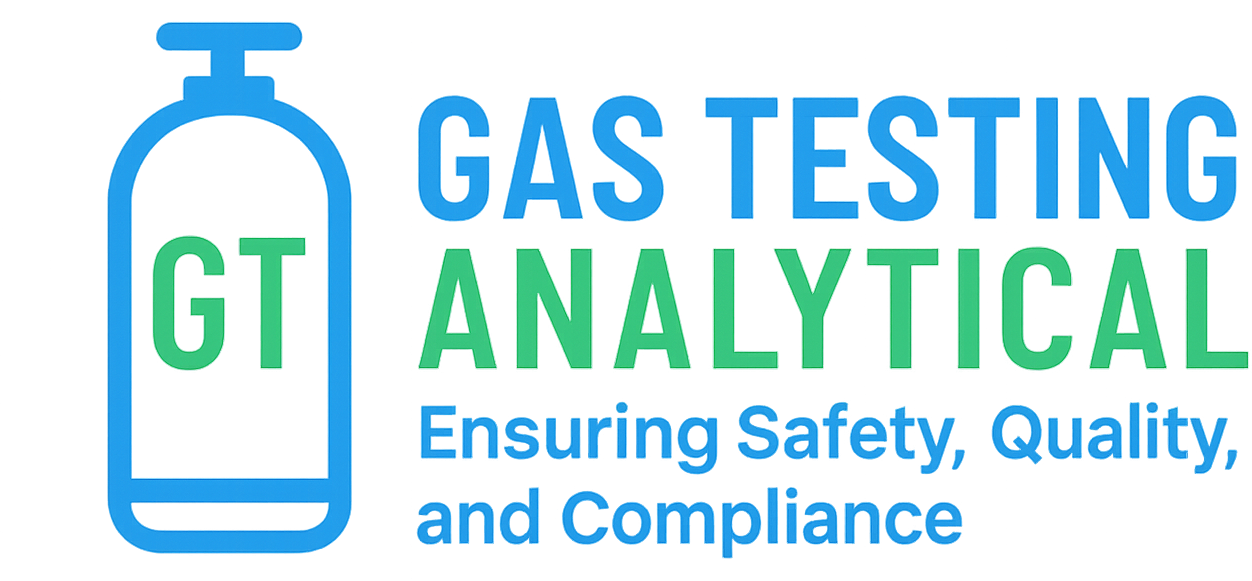Chemiluminescence detection is a highly sensitive technique used primarily for quantifying trace levels of nitric oxide (NO) and nitrogen dioxide (NO₂) in gases. In the EP framework, it’s applied to monitor these oxides of nitrogen due to their potential toxicological impact in medicinal gases.
- Principle: NO reacts with ozone (O₃) to produce excited nitrogen dioxide, which emits light (luminescence) as it returns to the ground state. The intensity of the emitted light is directly proportional to the NO concentration.
- EP Use Case: Monitoring NO + NO₂ impurities in oxygen, nitrous oxide, or air for medical use.
- Advantages: High sensitivity (ppb levels), fast response, and selectivity for NOx species.


